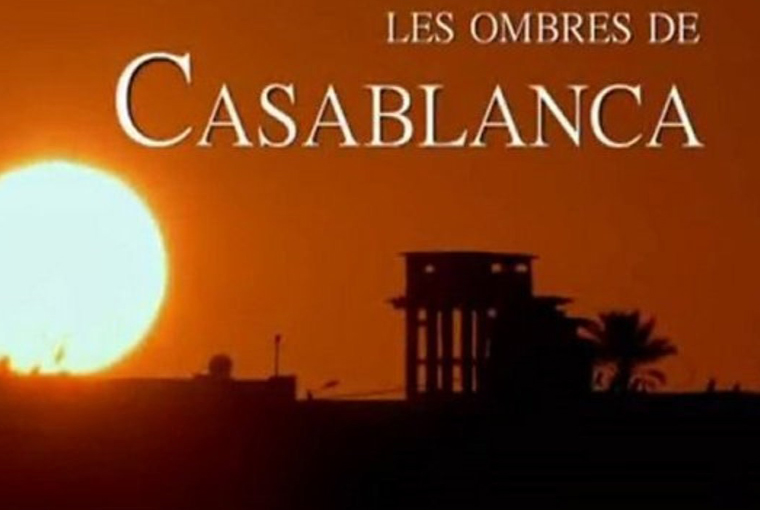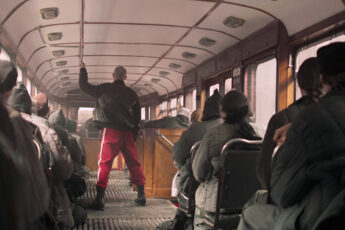Shadows of History
Malgosha Gago and Boleslaw Sulik’s Les Ombres de Casablanca (2010)
Vol. 40 (April 2014) by Moritz Pfeifer
In 2005, a British-Polish historical study revealed how a clandestine Polish intelligent service called “Agency Africa” helped authorities in London and Washington gather political, military and economic data which ultimately led to Operation Torch, the first landings of US military in North Africa during the Second World War in 1942. The Agency was let by Mieczysław Zygfryd Słowikowski, who served in the Polish Army in France before in capitulated to Germany in 1940. Instead of collaborating, he left for Algiers where he used the codename Rygor to report Polish military personnel in London about the Nazi-friendly Vichy-French military power in North Africa.
Although Słowikowski had the time to publish his memoirs in 1988 shortly before his death, his story was largely unknown to mainstream historians prior to the publication by the Anglo-Polish Historical Committee. In a documentary co-produced by the German-French TV-channel ARTE, the Polish directors Malgosha Gago and Boleslaw Sulik made a portrait of Słowikowski’s activities in Algiers.
They start with the premise that Słowikowski’s biography starkly resembles that of the fictitious Victor Laszlo, played by Paul Henreid, in Michael Curtiz’ 1942 classic Casablanca. In the film Laszlo is the only character who has unambiguous anti-Nazi sentiments. Rock Blaine, the American played by Humphrey Bogart, is yet undecided about his political views and tries to stay neutral while the French are depicted as conservative Royalists, and pro-Nazi opportunists. Of course, as knowledge about Słowikowski could not have been known to the filmmakers, it cannot be said that he was the inspiration for the film. However, the atmosphere of spies and informants as well as the general puzzlement of who is working for who knowing what, accurately match the real historical context of the time. The directors intersect scenes of Casablanca with archival information like pictures, documents, and original filmstrips of the period. They also consulted an astonishing amount of international specialists, such as the late M. R. D. Foot who wrote the forward for Słowikowski’s biography.
Słowikowski’s story reveals the importance the nascent secret services had for political decision-making during WWII. The film, however, only partially portrays this through relevant images. Many scenes simply consist of atmospheric images of a sunset, a harbor, a street – which seem to have little to do with the story. One wonders whether the directors lacked enough original footage and why, if so, they did not decide to write an article on the subject since most of the originality of the film stems from the quite elaborate text being read in the voice-over.




Leave a Comment